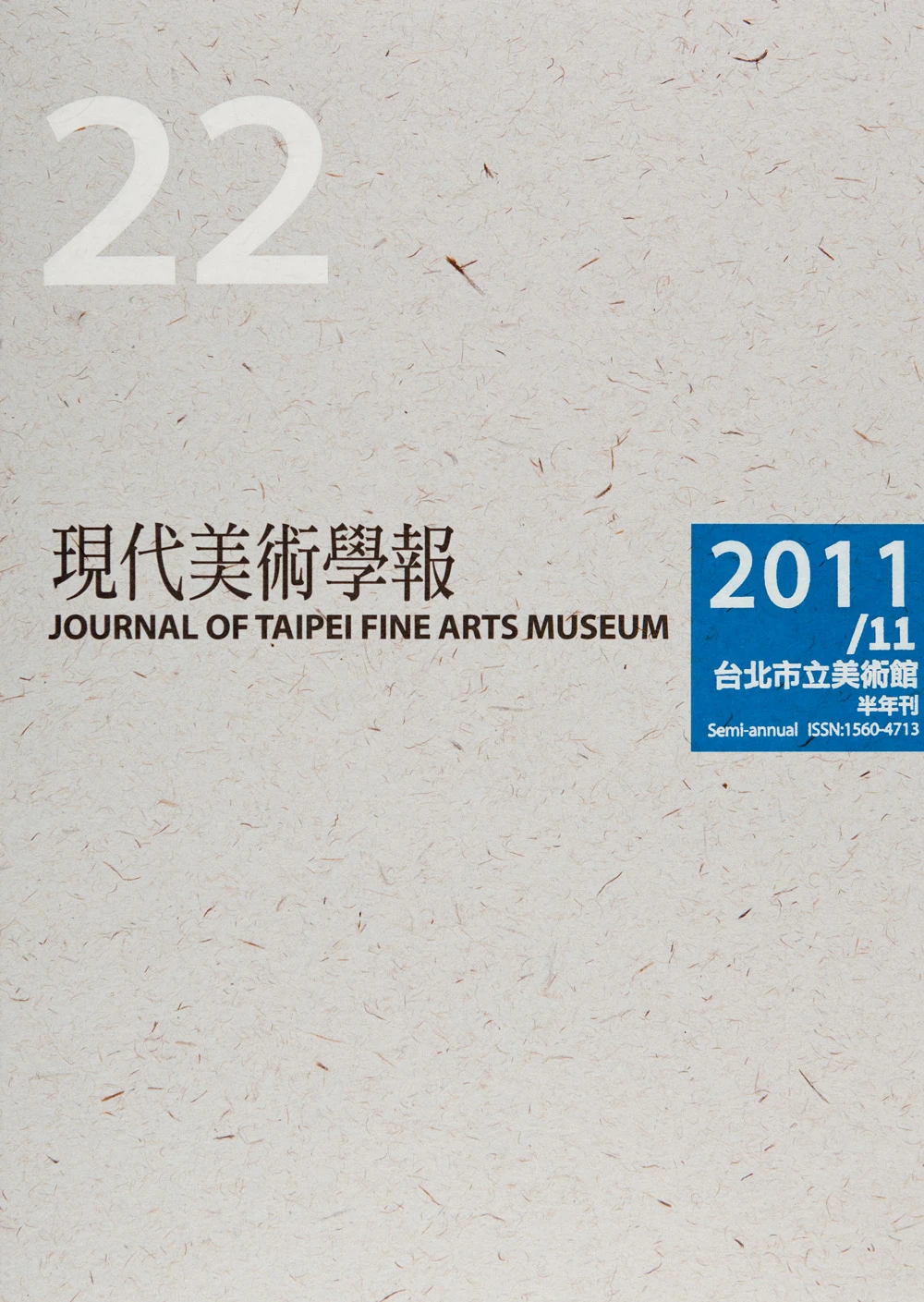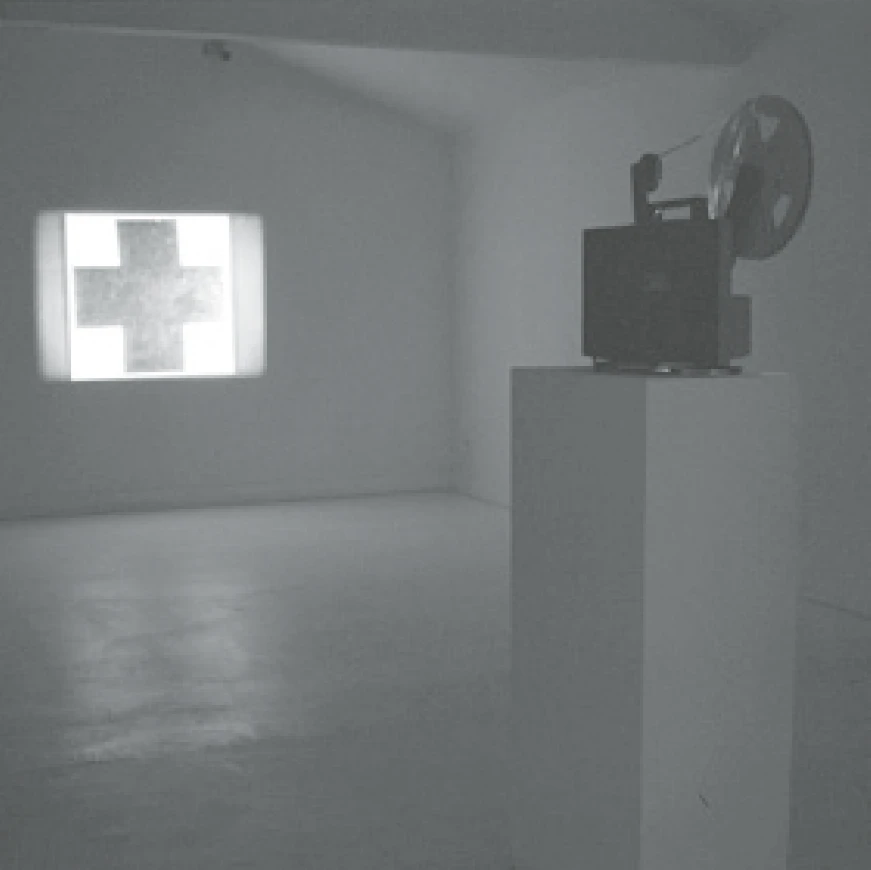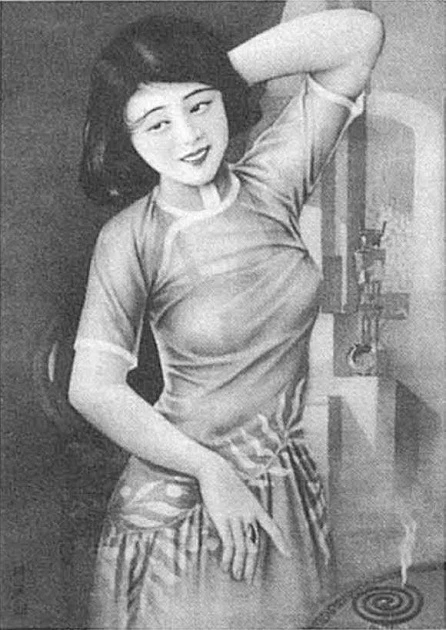摘要
本文基於國史建構論,透過東、西交軌重探盧毓駿視為「天人合一」哲學體現之〈明堂新考〉與大成館的知識論內涵。研究發現盧氏將生物學社會想像與二十世紀的現代主義機械論共構,試圖以還原論與結構理性主義再現「自然」之本真性,並轉化於「明堂」復原圖說和大成館。「衢室」隱含「庇護場所原始狀態」意涵,率直裸露的構造與空間穿透性宛若有蓋廣場,呈顯「自由中國」起源具現代主義建築特質。以人文主義機械論的「數」與模矩觀分析「明堂」台基與五室尺度與比例,說明此建築是高度文明表現,卻也將傳統的復原導向現代性之普同化認識框架。大成館以井田造形為基底結合「明堂」五室與合院,表達國族是由單一核心之有機體複製而成,具重農主義思想。借鑒萊特的有機建築觀,將其作品之細胞核心(火爐)轉換成無落柱講堂(太室),而同具「天人合一」意涵的合院,其中庭亦為細胞核心,在類比國族最小家戶單元時,串起聖人之治鏈結家國的隱喻,呼應中華文化復興運動家國一體化的道德政治理想,此原型再造於中國文化大學各校舍,成為不斷繁衍的垂直城市。惜建築室內根據三元論與可塑性發展以植物枝幹延伸之空間構成,遭遇國族外觀的面相學需求而產生斷裂性,且因忽略經驗的感知與地域性回應,並受空間論影響將建築中的人視為移動中以視覺為主體的物理性存在。最終,傳統的「天人合一」觀解離,而「自然論」的「本真」亦成為破碎殘影。
關鍵詞
大成館、明堂、自然、中華文化復興運動、有機建築、天人合一
Abstract
This study aims to, through the interlaced trajectory of the East and West, rediscover the epistemological connotation of Lu's "Ming Tang Xin Kao" and Da Cheng Guan on the basis of the notion of invention of national tradition. The study reveals that Lu has co-constructed biological social imaginary and modernist mechanisms of the twentieth century in order to represent the authenticity of “Nature” with reductionism and structural rationalism; and have them transformed in the restoration diagram. The "qu shi", which implies the meaning of "the original state of shelter", has a straightforward and exposed structure like a covered plaza, showing the origin of "Free China" and the characteristics of modernist architecture. Lu based on the humanistic mechanistic view of "number" and modular system, the scale and proportions of the base and the five chambers are analyzed, showing that "Ming-Tang" is an expression of a high degree of civilization, but it also leads the restoration of tradition to the universal assimilation framework of Western modernity. Da Cheng Guan, which is designed based on the shape of well-field system to integrate Ming-Tang's five chambers and courtyard (he yuan), expresses the thinking that the nation is formed by the duplication of single-core organism and is physiocratic. Due to reference F. L. Wright's organic architecture concept, the cell core (fireplace) in Wright's works was transformed into a pillarless auditorium (tai shi). The atrium of the courtyard (he yuan) is recognized as the core of the cell, which also has the meaning of "Man-Nature", is compared to the smallest family unit, which is a metaphor of connecting the family and the state through the rule of the saints, echoing the Chinese cultural revival movement's moral politics. When this model is recreated in buildings of Chinese Culture University, it forms a vertical city. The asymmetrical composition of extended plant branches and rhythmic architectural form constructed based on the exterior architectural form defined by interior space functions, on the other hand, fail to co-exist in the appearance of architecture. In addition, Lu ignored the perception of empiricism and regional response, and was influenced by space theory regarding people stay in architecture as a moving physical existence with vision. In the end, the traditional view of "Man-Nature" is facing dissociation. Finally, the "Authenticity" of "Naturalism" becomes a shattered afterimage.
Keywords
Da Cheng Guan, Ming-Tang,Nature, Chinese cultural revival movement, organic architecture,Man-Nature






